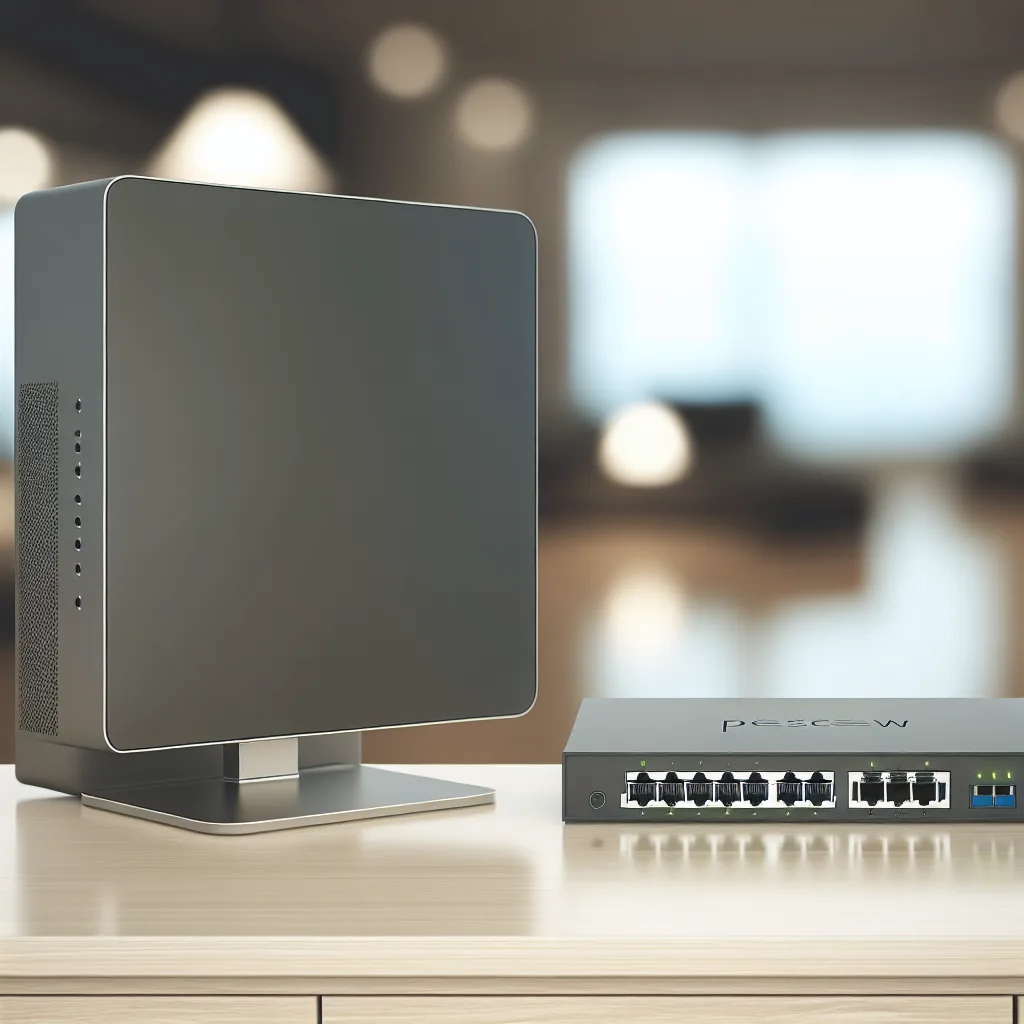My old server was showing its age. Here’s why I’m looking at the new generation of powerful, efficient mini PCs for my next home lab.
My trusty home server has been a faithful companion for years. It’s an older Intel NUC that’s handled everything from late-night media streaming to tinkering with smart home dashboards. But lately, it’s been showing its age, groaning under the weight of new tasks and struggling with modern video formats. It was time for an upgrade, which sent me down the rabbit hole of finding the perfect replacement. My goal was simple: build a more powerful, yet still compact and energy-efficient mini PC home lab.
After a lot of searching, I stumbled upon a new generation of mini PCs that seem almost tailor-made for this job, like the Acer Revo Box RB102-14U5U. It’s not about this specific model, but what it represents: a new wave of powerful, efficient hardware that could be the future of home tinkering.
Why Even Consider a Mini PC Home Lab?
For years, the “home lab” stereotype involved a rack of noisy, power-hungry servers in a basement. While that’s cool, it’s overkill for most of us. I wanted something that wouldn’t send my electricity bill into orbit or sound like a jet engine taking off every time I fired up a new service.
That’s the magic of a mini PC.
- Tiny Footprint: These things are small enough to sit behind a monitor or on a bookshelf, completely out of the way.
- Energy Sipping: They use a fraction of the power of a traditional desktop or server, making them perfect for 24/7 operation.
- Quiet Operation: Most are virtually silent, so you can keep them in your office or living room without any disturbance.
My old NUC ticked all these boxes, but its processor was just running out of steam. The new challenge was finding something that kept all these benefits while adding a serious performance punch.
The Search for a Modern Mini PC Home Lab Core
My needs were pretty specific. I needed a machine capable of running multiple services at once (think Plex, Home Assistant, maybe a Pi-hole) without breaking a sweat. Critically, it needed a modern Intel processor with Quick Sync video capabilities, specifically for handling new video formats like AV1. This is essential for smooth media transcoding without needing a power-hungry dedicated graphics card.
This led me to the latest generation of Intel processors, specifically the Intel Core Ultra series. These chips are designed for a great balance of performance and low power consumption—exactly what you want in an always-on server.
A machine like the Acer Revo Box, equipped with an Intel Core 5 Ultra 125U, 16GB of RAM, and fast internal storage, looks like a beast on paper. It has more than enough power for today’s tasks and plenty of headroom for future projects.
What to Look For in a Mini PC Server
As I narrowed down my options, a few features stood out as being particularly useful for a mini PC home lab setup.
First, the CPU is king. As mentioned, a modern Intel chip with AV1 support is a must for future-proofing a media server. It handles transcoding efficiently on the chip itself, freeing up the processor for other tasks.
Second, don’t skimp on RAM. 16GB is a fantastic starting point. It’s enough to run a base operating system and several applications in Docker containers or even a couple of small virtual machines without constantly hitting a memory bottleneck.
And here’s a cool bonus I started seeing on newer models: dual Ethernet ports. I’ll be honest, I initially overlooked this. But having two network ports opens up some fascinating possibilities. You could turn your mini PC into a powerful custom router using software like pfSense or OPNsense, or bond the ports for faster network speeds to a compatible switch. It’s a level of flexibility you don’t typically find in this form factor.
I also briefly considered just buying a powerful laptop. The specs can be similar, right? But the thought of running a laptop 24/7, with its battery constantly charging, felt like a bad idea for the battery’s long-term health. Plus, you get far fewer ports and zero internal expansion options. The mini PC just feels like the right tool for the job.
It’s clear that the landscape for home servers has changed. You no longer need a huge, power-hungry machine to have a capable lab at home. As of September 2025, the technology packed into these tiny boxes is genuinely impressive, offering a near-perfect blend of performance, efficiency, and size. For anyone looking to upgrade an old server or start their first one, the modern mini PC is an amazing place to start.
